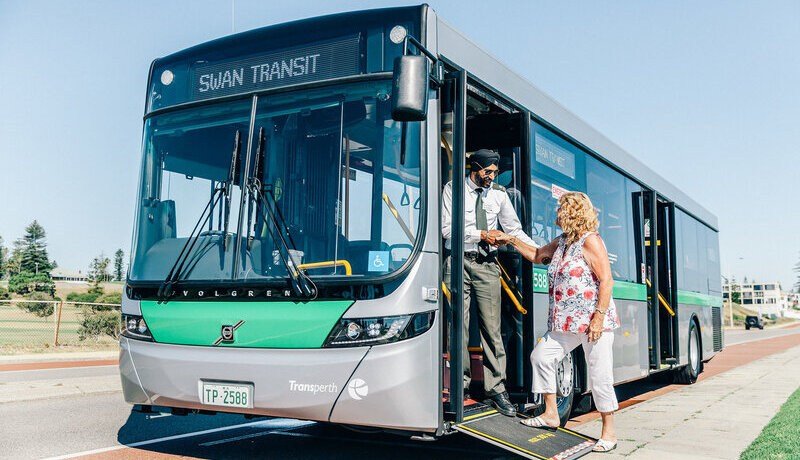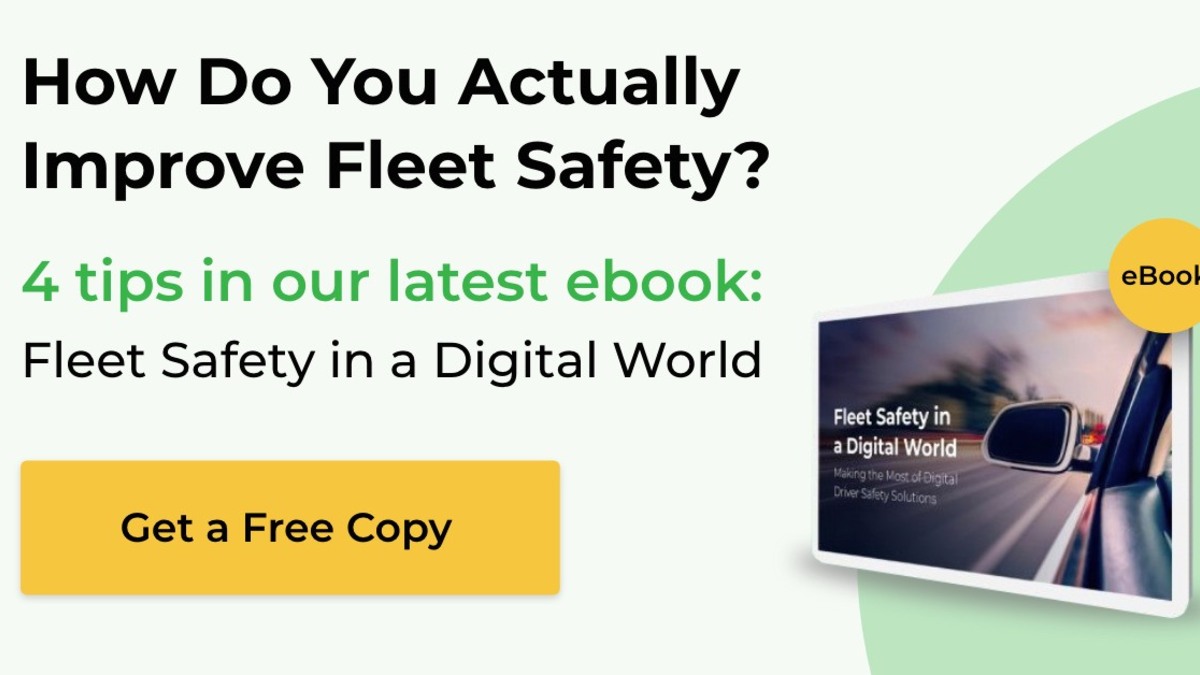Thoughts & Insights into the Safety Telematics Industry for 2022
Saul Gold, GreenRoad’s Commercial Development Director, offers insights as to the key trends you should be looking out for in the Safety Telematics industry – and how you can leverage them to achieve results.
As we enter 2022, I thought you might be interested to hear his take on the opportunities – and challenges – facing fleet managers and the telematics industry going forward.
During the past year, it has been extremely interesting for me to listen to all types of fleet managers, and to hear first-hand from them about the issues that concern them most.
I thought it might be valuable to offer some insight into the topics likely be at the forefront of fleet industry discussions in the year ahead:
- The EV (Electric Vehicle) craze – will it be government, local government, enterprises or “Joe public” that takes the lead in making this happen?
Governments are surely touting their success, citing the new nationwide ICE (internal combustion engine)-sale-stopping policies announced at COP26. Local governments are implementing emission-free zones and restricting some existing roads to pedestrian and two-wheeled vehicle use. Enterprises are increasingly evolving their fleets towards electric cars and vans, and bus fleets are moving to electric and gas/hydrogen-powered buses. And “early adapter” private citizens are increasingly choosing EVs as the best choice for their pocket and/or the environment (are they mutually exclusive?)
BUT what about the infrastructure? It is clearly lagging behind.
There is a “chicken or the egg” situation here, with energy providers waiting for more demand, and mainstream consumer markets waiting for assurance that they will not be left high and dry when they need a charge. How can drivers be helped with their charge and range anxiety? So many more questions to be asked and answered.
- Environmental impact – with EV’s gaining in popularity and the reality of climate change too evident to be ignored, this will certainly be one of the main areas of discussion in the coming year. London has its own Idling Action Campaign claiming that close to 40% of all the city’s emissions and 30% of non-exhaust emissions come from the roads.
However, will the move to electric and gas-powered vehicles actually improve that statistic? Currently, it appears that the environmental footprint related to charge stations is actually larger – or comparable – to the combined exhaust of conventionally-powered fleet vehicles.
If this is true, the ONLY way to truly reduce the footprint is to improve driving habits and driver behavior, reducing the energy-per-hour required to run the vehicle while reducing non-exhaust particle emissions (e.g. tyre wear, which is related to speed, harsh braking and other driving maneuvers).
- The connected vehicle – Does all the new technology installed within vehicles – from telematics to electronic logging devices to ADAS and GPS tracking – actually improve driver safety or vehicle safety? Or do they distract the driver, reducing concentration on the DRIVING itself? Only through concentration and improved skills will we see increased safety for the driver, the passengers, pedestrians and other vehicles on the road – at least until autonomous vehicles become practical, which is certainly years away.
- A data war between providers of fleet management solutions and vehicle manufacturers – both manufacturers and system providers are currently adding telematics technology to fleet vehicles – sometimes as devices installed and sometimes using wireless networks – to enable collecting metrics about engine performance, vehicle tracking and even driving behaviour, and fleet management solution companies are offering a service layer based on that same data.
Who will win? In my opinion, it’s actually the Fleet Managers themselves – and their insurance companies – who will benefit: regardless who it comes from and how it’s collected, it’s the data itself that has the power to result in safer, more cost-effective and lower-risk fleet operations.
- Shipping & supply issues translate into lower take-up of new vehicles, or at least a longer wait. Only a month ago, it appeared that the end to this frustrating situation was in sight. But now, with the emergence of the new COVID variant, we have re-entered – if we ever left – a period of uncertainty.
- COVID-19 – COVID-related issues have exacerbated the shortage of qualified drivers that already challenged bus companies, leading to fleet safety/passenger comfort issues, bus company mergers and re-tendering of school routes. Governments looking to encourage the public bus market have launched high-profile campaigns such as the UK’s Bring Buses Back, Australia’s New South Wales has moved to a more diversified public service, and even private organizations are trying to encourage people to get back onto the buses (example: the UK’S #Get Back On Board).
- Provision of leased cars to employees as a benefit – in the Enterprise and commercial space, workers in “hybrid environments” (working some of the time from home and some of the time from the office) are apt to afford less value on the “benefit” of receiving a leased car as part of their contracts, due to a simple fact: they now use their cars much less often. I think that 2022 could be a turning point, with car leasing benefits beginning to give way to my next point: MaaS.
- MaaS (Mobility As A Service) – MaaS, made possible by the emergence of advanced interactive platforms such as Waze, Moovit and others, has clearly been gaining traction at the consumer level over the last few years. I think it also reflects the entry of Gen Z employees into the workforce, who have a more flexible mindset regarding transportation and technology. Obviously COVID 19 is also a factor that incentivizes more and more employers to offer MaaS options to their employees.
- Finally, as a safety telematics vendor, how can I not talk about safety?
When looking at the bus market, we see that many players are now looking to consolidate and integrate separate systems and technologies – much like the telecommunications market did in the early 2000’s with the rise of all-IP networks.
In this field, innovation is important. With accident rates high and rising, all fleets must increase their focus on road safety, and new types of fleet management software and fleet telematics systems will have to emerge to enable drivers to achieve the needed improvements in safety and professionalism.
Safety Telematics has a large role to play here. For example, the GreenRoad Platform, by providing drivers with real-time coaching and motivating engagement and gamification tools, has been proven to help fleets reduce accidents, reduce fuel consumption and other fleet costs, and cut down on emissions. By empowering drivers to take a proactive approach towards improving their own safety, it saves life and limb, both for the drivers themselves and for everyone with whom they share the road.
What is actually surprising is how many fleets, here at the beginning of 2022, have yet to initiate their own safety technology journey. This, perhaps, is the major challenge facing the fleet management industry in the year ahead.
Looking forward to continuing the conversation: feel free to contact me with any thoughts or questions at Saul.gold@greenroad.com





